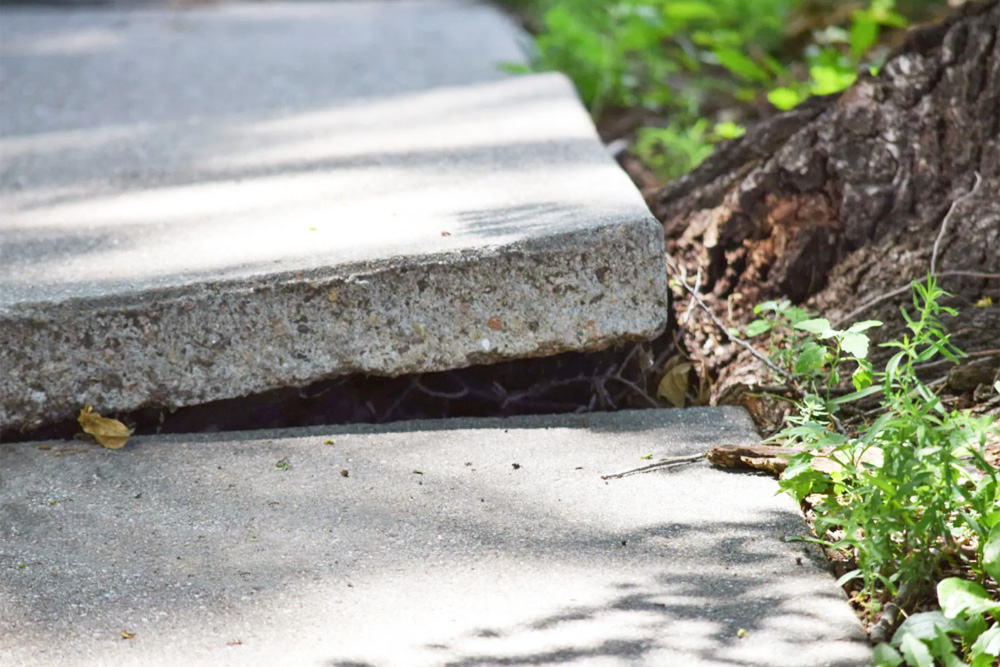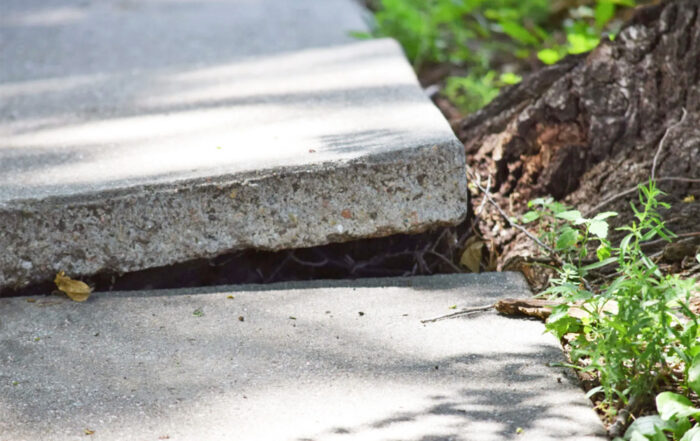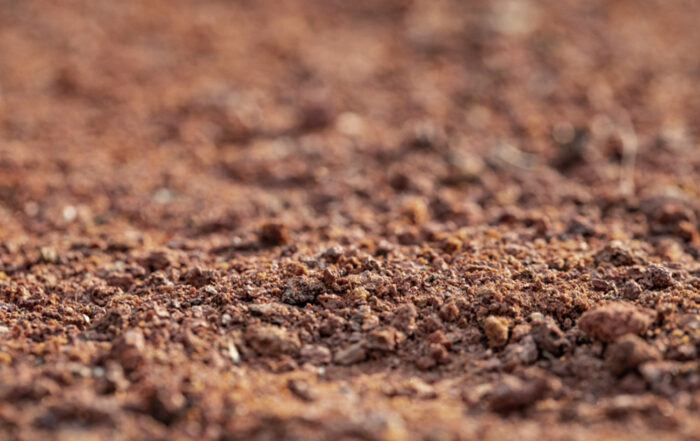Root Barriers – Protecting Your Foundation From Tree Damage

Big, beautiful trees may add shade and value to your property, but their roots could be quietly causing trouble under your home. If left unmanaged, tree roots can shift soil, crack concrete, and stress your foundation—especially in areas with expansive clay soil.
That’s where root barriers for foundations come in. These underground shields can help prevent costly structural damage and maintain soil stability around your home.
Why Tree Roots Are a Threat to Your Foundation
Tree roots don’t grow in a straight line—they follow moisture. If your soil is dry, those roots may seek out the damp soil beneath your home’s foundation. Over time, they can disturb the surrounding soil or even cause cracks in the slab.
This is especially common in areas with shifting soil conditions or poorly managed drainage. If roots dehydrate the soil under your foundation, the structure may settle unevenly or pull apart at stress points.
Installing a foundation root barrier prevents roots from growing toward your home in the first place.
What Are Root Barriers and How Do They Work?
A root barrier is a physical, underground wall designed to block roots from reaching sensitive areas—like plumbing lines or foundations.
These barriers are typically made from long sheets of impermeable root barrier fabric or high-density plastic that’s buried vertically between trees and structures. When installed properly, they redirect root systems downward or away from your home, keeping the roots in check without harming the tree.
For homeowners dealing with foundation movement near large trees, root barriers for foundations are a smart, proactive solution.
When Should You Install a Root Barrier?
Here are some situations when it makes sense to consider a foundation root barrier:
- You have mature trees close to your house (within 20 feet)
- Your home is built on expansive clay or silty soil
- You notice foundation movement or cracks in areas near trees
- You’ve had previous root-related issues with plumbing or paving
- You’re planting new trees close to your property line
The earlier the better. It’s easier and less invasive to install a barrier when trees are young or during a landscaping project—but they can still be added later to protect an existing structure.
Types of Root Barrier Materials and Fabrics
Choosing the right root barrier material depends on the size of your trees, soil type, and how long you want the protection to last.
Here are the most common options:
- Plastic Panels – Durable and long-lasting; ideal for permanent root control
- Root Barrier Fabric – Made from woven or nonwoven geotextile materials; allows for water movement but resists root penetration
- Rubber Sheeting – Flexible and biodegradable; useful for temporary or seasonal use
- Composite Barriers – Combine several materials to offer both water resistance and root redirection
Professional-grade root barrier fabric is often used in residential foundation protection because it offers a balance of durability and flexibility.
Installing Root Barriers: DIY or Professional?
Installing root barriers for foundations isn’t complicated—but it does require some planning.
Basic steps include:
- Trenching: Dig a narrow trench between the tree and your foundation (typically 2–4 feet deep).
- Placing the barrier: Insert the root barrier material vertically, with the top just below ground level.
- Backfilling: Replace the soil carefully, avoiding root damage.
DIY is possible for small trees or early-stage landscaping. But if you’re protecting a foundation, it’s often best to hire a professional. They’ll know how to assess tree root behavior, soil type, and drainage—and make sure the barrier is installed correctly.
Root Barriers and Drainage: The Full Picture
While root barriers stop tree roots from creeping under your home, they also play a role in drainage. Properly placed barriers can direct water flow away from your home, helping to prevent erosion or soil movement around the foundation.
In some cases, root systems and water infiltration work together to create instability. If your home has poor drainage and aggressive tree growth, you may be at higher risk for slab shifting or foundation settling.
Combining root barriers for foundations with proper grading and a solid drainage system gives your home the best protection.
Final Thoughts
Trees and foundations don’t always get along—but with the right precautions, you can enjoy both. One easy, low-cost method to prevent tree roots from causing damage to your house is to install root barriers for foundations.
Whether you’re dealing with existing cracks or planning ahead during a new landscape project, a foundation root barrier gives your structure the support it needs for long-term stability.
Be sure to choose the right root barrier fabric or material for your soil and tree type—and when in doubt, consult a professional who understands your local conditions.



